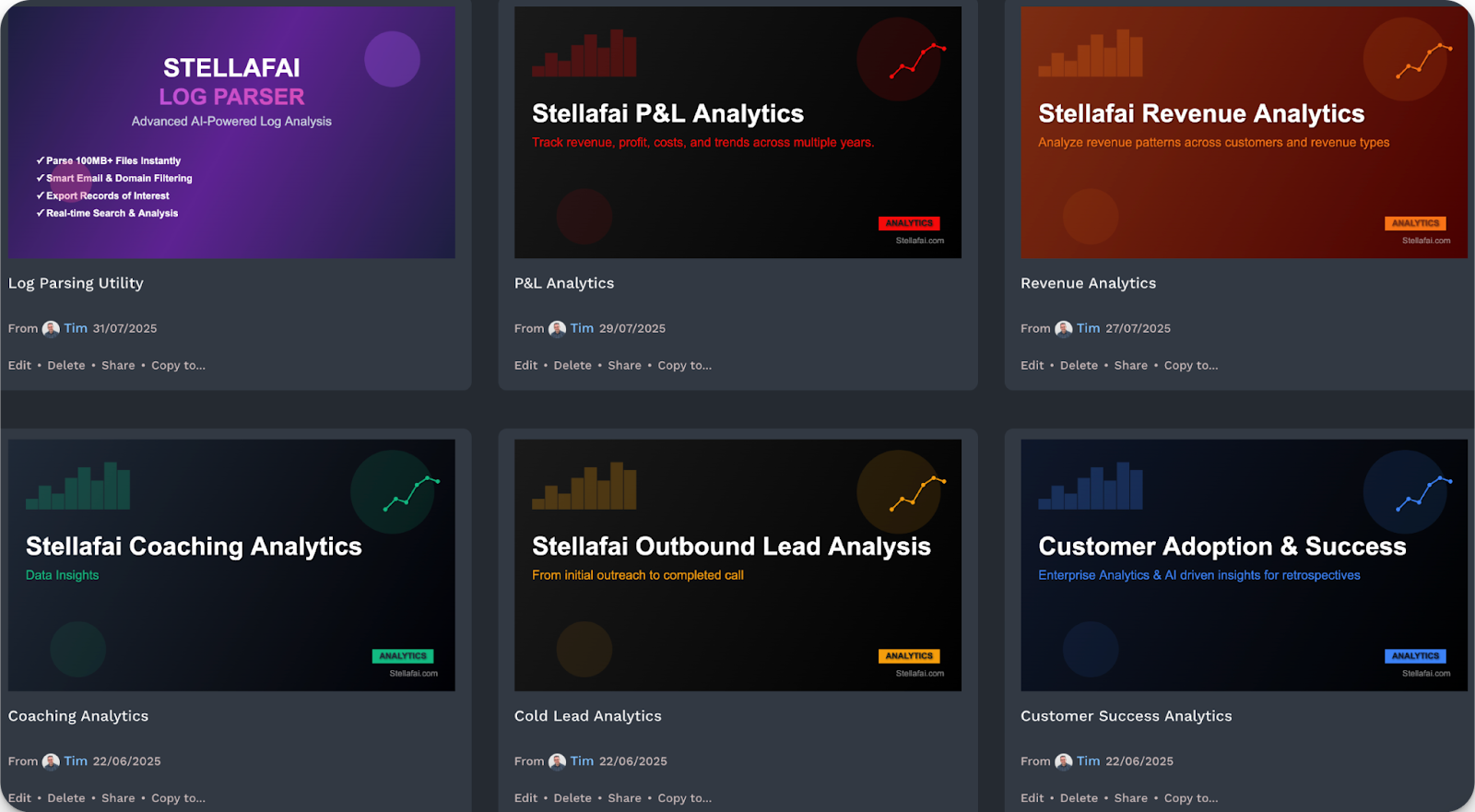With the AI hype, every company is rushing to integrate artificial intelligence into their products, often without a clear strategy or understanding of what success looks like. At the end, we get AI projects that sound impressive in boardroom presentations but fail to deliver real-world value.
After working with countless AI development projects across different industries, we've learned that building successful AI applications isn't about having the most sophisticated algorithms or the latest machine learning frameworks. It's about applying fundamental software development principles when building with AI.
Here are ten practical tips that will help you build AI applications that don't just work but deliver measurable business value.
1. Keep It Simple (Seriously!)
The biggest mistake we see teams make is overcomplicating their first AI project. You don't need to solve all the problems with your initial AI application. Start with something straightforward that you can actually ship and measure.
Think of a simple chatbot that answers FAQ questions, or an AI tool that categorizes customer support tickets. These might not win any innovation awards, but they're manageable, deliverable, and most importantly, they provide a foundation for more complex projects down the line.
Remember: a simple AI solution that works is infinitely more valuable than a complex one that never gets deployed.
2. Get Crystal Clear on the 3Ws for Building
This is where most AI projects go off the rails. Before you write a single line of code, you need to answer three fundamental questions:
- What exactly are you building?
- Who is this for?
- Why does this problem need solving?
Create a user story that should be specific and measurable. So instead of "build an AI to help sales teams," try "create an AI assistant that helps sales representatives identify the top 3 prospects most likely to convert within 30 days, reducing their qualification time by 50%."
See the difference? The second version gives you clear success criteria and a specific user benefit.
3. Think Micro-Apps, Not Monoliths
AI applications work best when they solve one problem really well. Instead of building a massive AI platform that tries to do everything, focus on creating focused micro-applications that tackle specific use cases.
This approach has several advantages:
- Faster development cycles
- Easier testing and validation
- Lower risk if something doesn't work
- Simpler user adoption
- More manageable maintenance
For example, at Stellafai, we’ve been creating simple micro-apps based on our different client needs. Each one is very tailored to specific teams and aligned with the outcomes they want to achieve or track.

When building yours, you can always connect these micro-apps later if needed, but starting small gives you the flexibility to pivot quickly based on user feedback.
4. Establish Your Baseline Before You Build
Here's a truth that might sting: you can't measure success if you don't know where you started. Before implementing any AI solution, capture baseline metrics for the problem you're trying to solve.
If you're building an AI to improve customer response times, measure your current average response time. If you're creating a tool to increase conversion rates, document your existing conversion metrics. These baseline measurements become your north star for determining whether your AI is actually adding value.
Set up regular measurement intervals - weekly, monthly, or quarterly, depending on your use case. This data will tell you whether you're moving in the right direction or need to adjust your approach.
5. Speak the Same Language as Your Users
Technical teams often fall into the trap of using jargon that means nothing to end users. Your AI application should use language that your target audience already understands.
If you're building for healthcare professionals, use medical terminology they're familiar with. If your users are retail managers, speak in terms of inventory, sales, and customer experience.
In our example below, these apps were targeting Agile leaders. So by using the terms they were very familiar with, they could immediately decode what each micro-app does.
.png)
This isn't just about the user interface - it extends to how you define problems, measure success, and communicate progress. Clear language reduces confusion, improves adoption, and ensures everyone is working toward the same goals.
6. Iterate Based on Real Feedback
AI development is inherently experimental. What works in theory might fail in practice, and user needs often evolve as they interact with your solution.
Build in regular feedback loops with your users. Deploy early versions, gather usage data, and be prepared to make significant changes based on what you learn. This might mean adjusting your AI model, changing the user interface, or even pivoting to solve a different problem entirely.
The key is to iterate without overwhelming your users. Roll out changes gradually and always communicate what's changing and why.
7. Treat AI Like a Collaborative Partner
This tip might sound a little weird, but think of your AI development process like pair programming - except your "pair" is an AI model. Give your AI systems feedback, test edge cases, and continuously refine the training data based on real-world performance.
Just like you'd give feedback to a human colleague, your AI systems need regular guidance to improve. Monitor their outputs, identify patterns in mistakes, and adjust accordingly.
The best AI applications are the result of ongoing collaboration between human insight and machine learning.
8. Ship Fast and Measure Everything
The biggest risk in AI development isn't building the wrong thing - it's spending months building something before getting it in front of real users. Release early and often, even if your initial version is basic.
Track adoption metrics closely. For example:
- How many people are actually using your AI tool?
- How often are they using it?
- Are they completing the intended workflows?
- What's the user satisfaction score?
These metrics will tell you more about your AI's value than any technical performance benchmark.
9. Be Ruthless About What Doesn't Work
Not every AI project will be a success, and that's okay. The key is recognizing when something isn't working and being willing to either refactor significantly or abandon the project entirely.
If you’re looking for some signs it might be time to pivot, here are a few;
- Low user adoption despite good marketing
- Users consistently working around your AI rather than with it
- No measurable improvement in key metrics after several iterations
- Excessive maintenance overhead
Don't fall into the sunk cost fallacy. Sometimes the most valuable thing you can do is stop working on something that isn't delivering value and redirect those resources to a more promising project.
10. Solve Real Problems, Not Imaginary Ones
This final tip ties everything together: make sure you're building something people actually need. It's easy to get excited about AI capabilities and build solutions looking for problems, but sustainable AI applications solve genuine pain points.
Spend time with your target users. Understand their daily workflows, frustrations, and goals. The best AI applications feel like natural extensions of how people already work, not foreign tools they need to learn from scratch.
The Reality Check: Building AI That Matters
The AI revolution isn't just about the technology - it's about building applications that genuinely improve how people work and live.
Start simple, measure everything, and never lose sight of the real-world problem you're trying to solve. Your users don't care how sophisticated your machine learning model is; they care whether your application makes their lives easier or their work more effective.



.png)
.png)
.png)